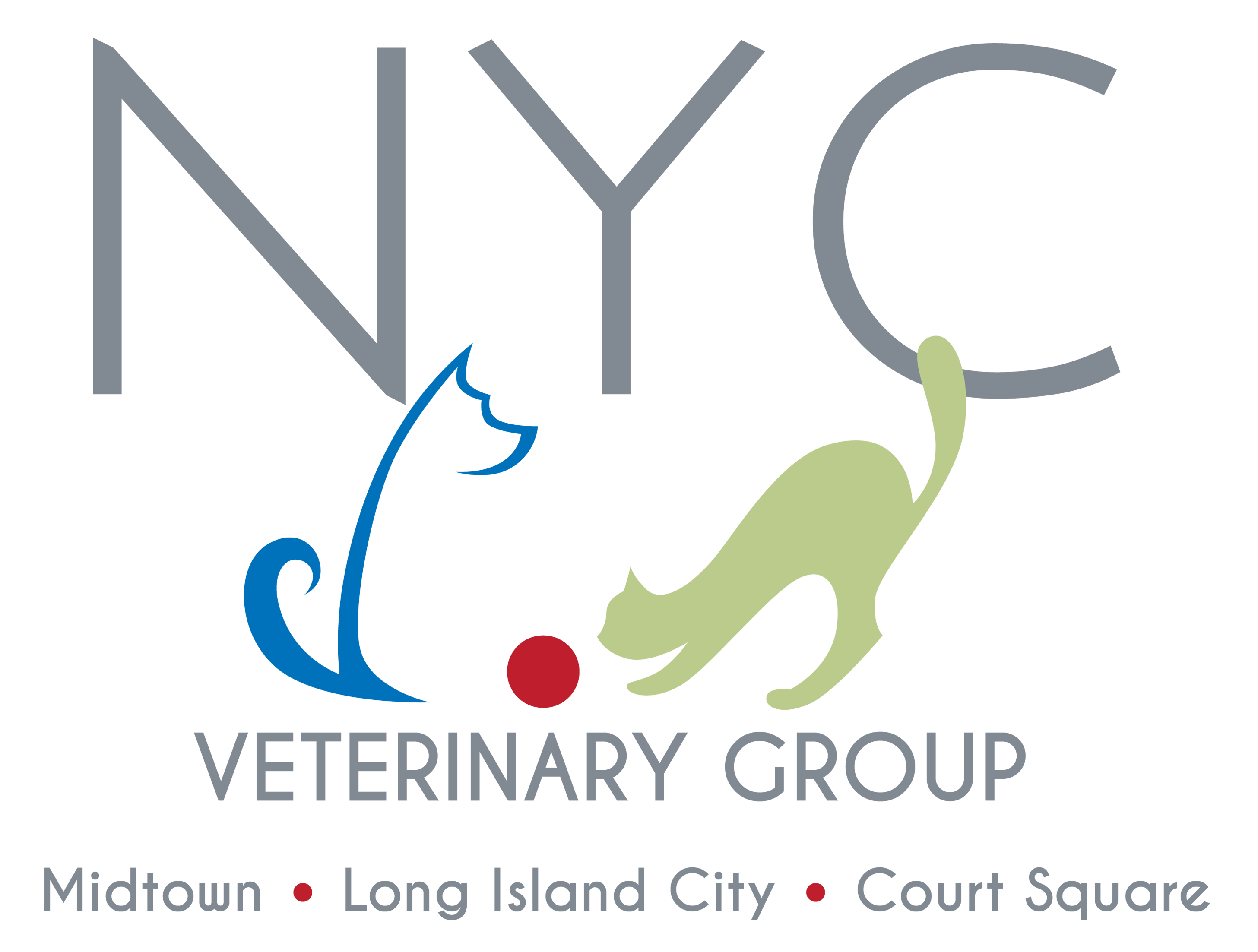Megacolon in Cats
What is the colon?
 The gastrointestinal tract ends in the large intestine with a tubular organ called the colon. The colon absorbs water and stores fecal material and ends at the rectum. The walls of the colon contain muscles that are stimulated to contract by nerves from the spinal cord. When the colon contracts, it pushes fecal material out of the body.
The gastrointestinal tract ends in the large intestine with a tubular organ called the colon. The colon absorbs water and stores fecal material and ends at the rectum. The walls of the colon contain muscles that are stimulated to contract by nerves from the spinal cord. When the colon contracts, it pushes fecal material out of the body.
What is megacolon?
Megacolon is extensive stretching of the colon and resulting constipation. It occurs when the nerves to the colon do not function normally, causing the muscles of the colonic wall to not contract properly. The muscles then become stretched over time and the colon enlarges in diameter. This enlarged colon may have a diameter three to four times that of a normal cat. Fecal material accumulates in the distended colon rather than being pushed into the rectum in a normal manner, resulting in severe constipation called obstipation.
What causes megacolon?
An injury to the spinal cord can cause megacolon. In addition, mechanical obstruction caused by tumors, foreign bodies, hairballs, and strictures (narrow spots) can lead to megacolon. Reluctance to defecate or inability to defecate normally due to orthopedic issues such as pelvic fractures can also lead to megacolon over time.
In most cases, it is impossible to determine the reason the nerves to the colon stop functioning. This disease generally occurs in middle-aged to older cats but has also been seen in cats as young as three to four years old. In cases that do not have an identifiable cause, the condition is termed idiopathic megacolon.
How is megacolon diagnosed?
Megacolon is often diagnosed by clinical signs, which can include the absence of bowel movements, straining to defecate, weight loss, lethargy, vomiting, and anorexia (lack of appetite). On physical examination, the cat may have a painful abdomen, and may be dehydrated and depressed. Upon palpation (feeling) of the abdomen, an enlarged colon filled with hard fecal material is often found and a rectal exam reveals impacted feces. Further testing includes radiographs (X-rays) of the abdomen to assess the size of the colon and detect any abdominal masses that may be present. Other diagnostic tests such as blood and urine testing, ultrasound, and colonoscopy may also be performed.
How is megacolon treated?
Usually, a medical approach is tried first. A medical approach involves the use of IV fluids, enemas, laxatives, stool softeners, colon wall stimulants, and high-fiber diets. Often, cats need to be hospitalized for several days. A feeding tube may be required to administer high doses of stool softeners. For severe impactions, general anesthesia or heavy sedation may be utilized to manually remove feces after they have been partially softened by the above treatments. These treatments do not correct the underlying cause, but they allow fecal material to pass so the cat does not become constipated and ill.
"If medical management fails, then surgery must be considered."
The medical approach may be successful for several months or years. A prescription high-fiber diet will likely be continued long term, as will stool softeners/laxatives. It may be necessary to adjust the dosage of laxatives so your cat has a bowel movement at least once every other day. If diarrhea occurs, reduce the dosage or the frequency of administration. Consult your veterinarian for help with these adjustments, or if you have any other concerns.
If medical management fails, then surgery must be considered. A procedure called subtotal colectomy removes the non-functioning part of the colon. Although this procedure may involve removal of most of the colon, the anal sphincter will be left intact so the cat should not lose bowel control. Most cats do reasonably well after this procedure, with few permanent side effects. This surgery is typically done as a referral procedure at a specialty hospital.
Can the cat function without its colon?
One of the colon’s primary responsibilities is to remove excess fluid from the fecal material, so a cat that has had a subtotal colectomy will have soft stools immediately after surgery. In addition, it may pass several bowel movements each day. However, after one to two months, the stools will become more formed and the cat will have an average of three bowel movements every two days. There should be no loss of fecal control.
© Copyright 2025 LifeLearn Inc. Used and/or modified with permission under license. This content written by LifeLearn Animal Health (LifeLearn Inc.) is licensed to this practice for the personal use of our clients. Any copying, printing or further distribution is prohibited without the express written consent of LifeLearn. This content does not contain all available information for any referenced medications and has not been reviewed by the FDA Center for Veterinary Medicine, or Health Canada Veterinary Drugs Directorate. This content may help answer commonly asked questions, but is not a substitute for medical advice, or a proper consultation and/or clinical examination of your pet by a veterinarian. Please contact your veterinarian if you have any questions or concerns about your pet’s health. Last updated on Mar 28, 2025.




